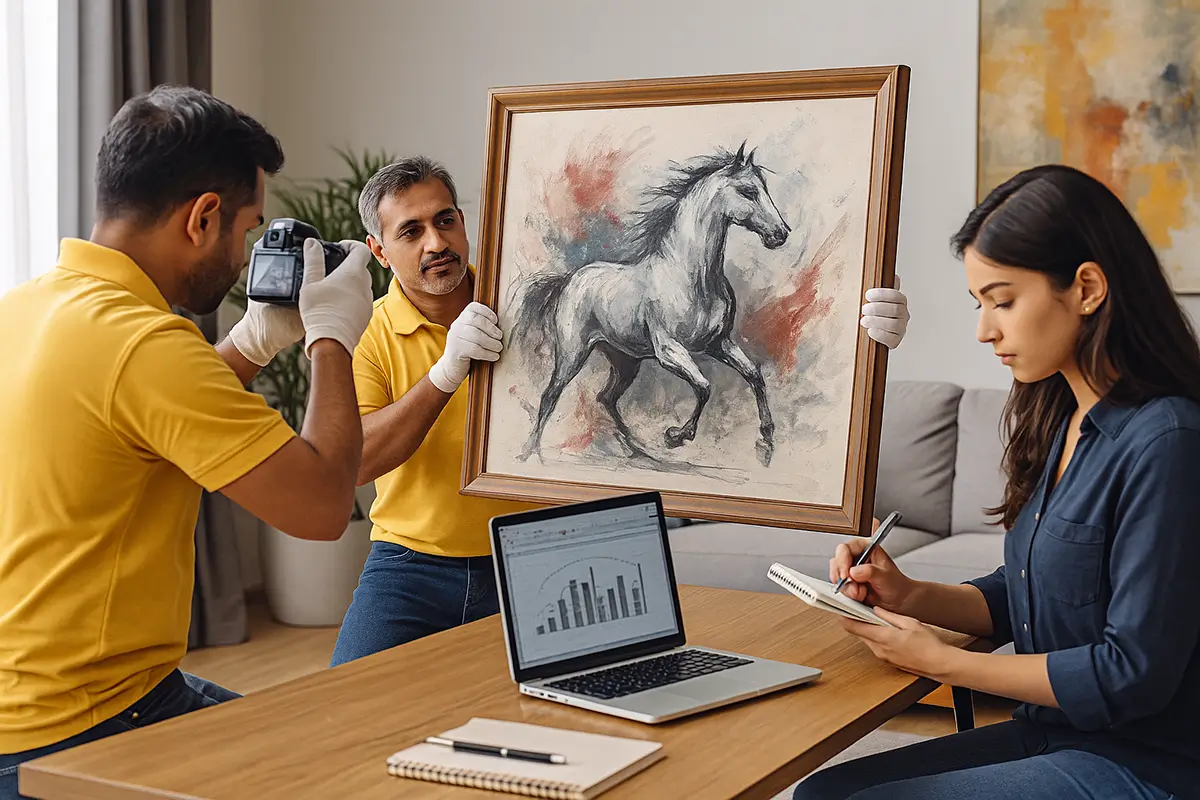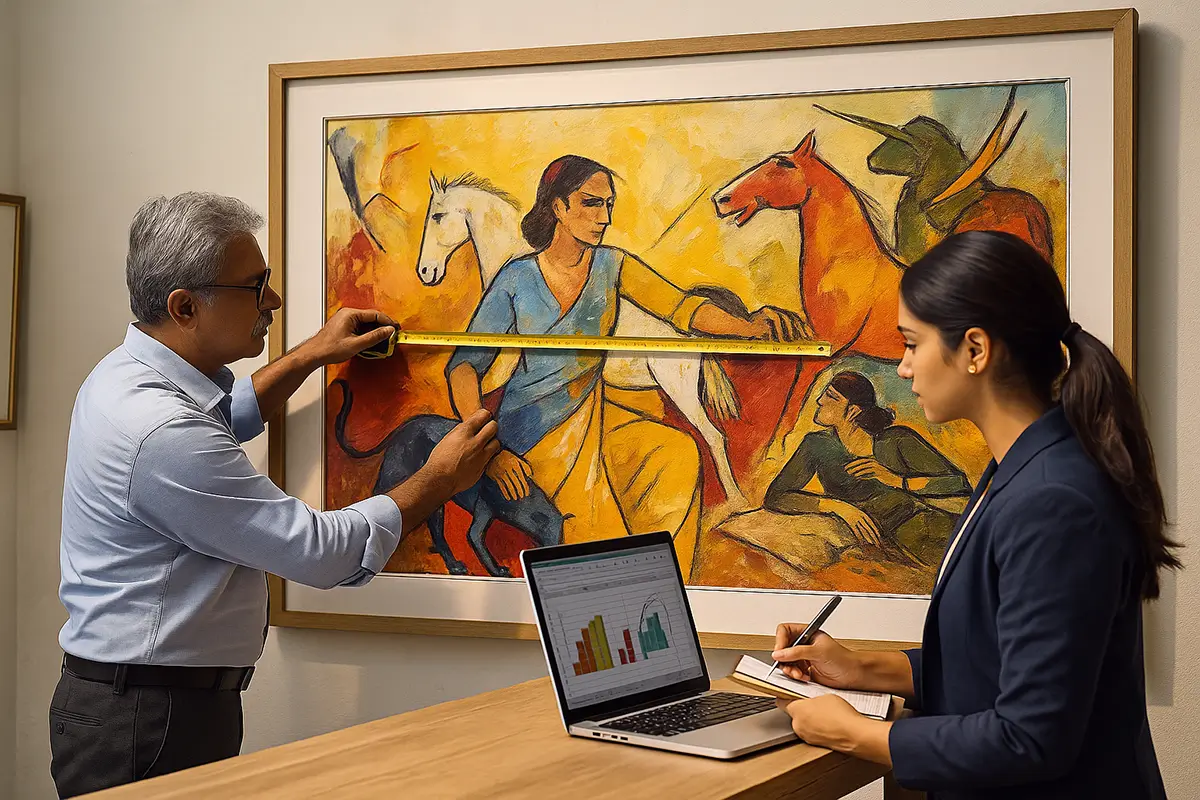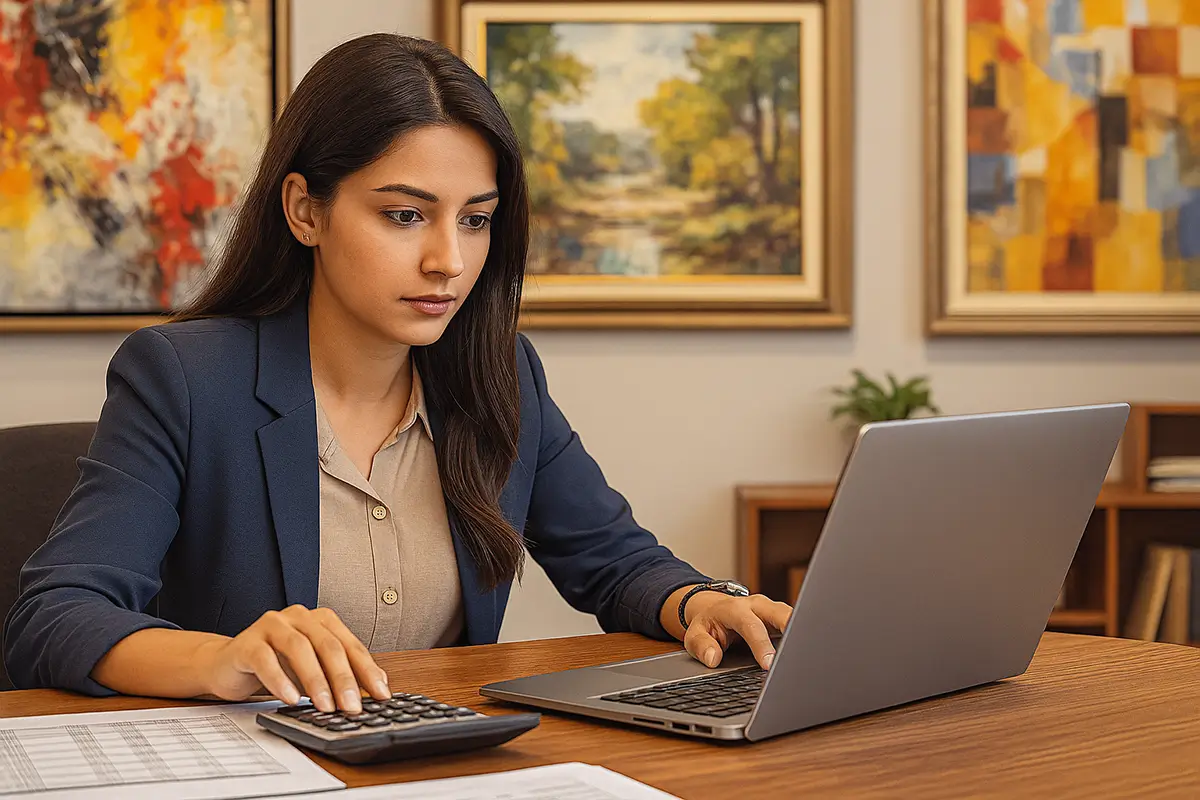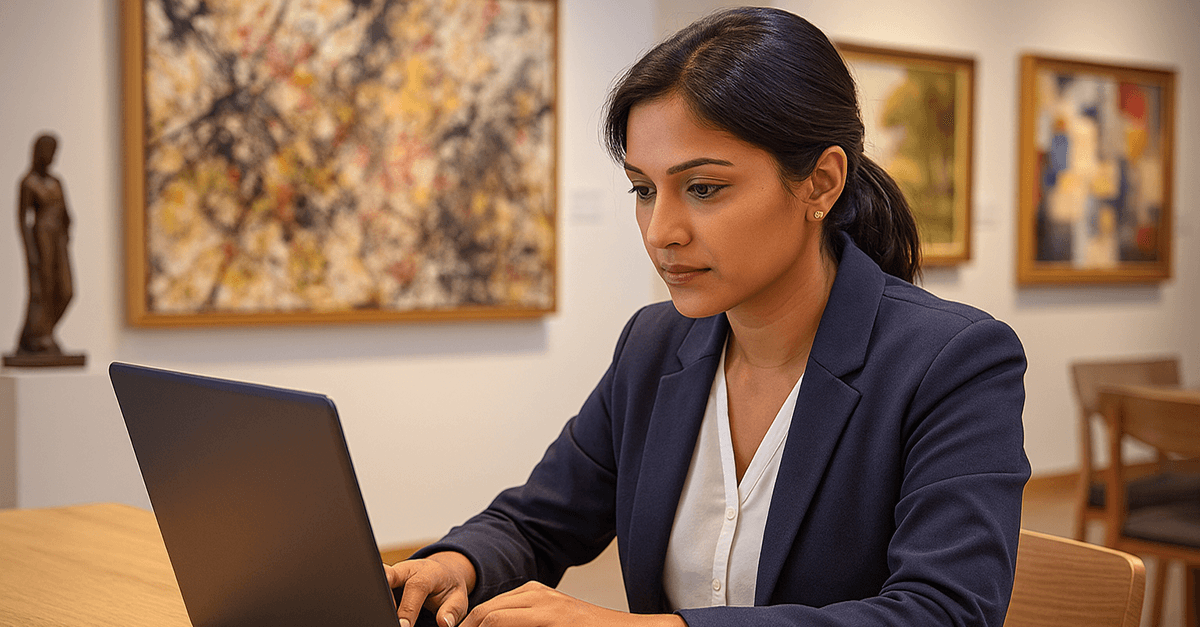Investing in art has historically been considered both a cultural and financial asset. In India, the growing interest in fine art as an alternative investment class is gaining momentum among collectors, investors, and even first-time buyers. This article explores the nuances of art investment in India, including strategies for evaluating artwork, building a meaningful collection, and understanding the legal and financial considerations involved.
The Rise of Art as an Investment in India
Over the last two decades, India has witnessed a significant increase in the number of high-net-worth individuals turning to art as a means of portfolio diversification. The emergence of a structured art market, with galleries, online platforms, art funds, and auctions, has added transparency and credibility to the sector. Works by modern Indian masters such as M.F. Husain, S.H. Raza, and F.N. Souza have fetched impressive returns, further cementing art's reputation as an asset class.
Why Invest in Art?
Investing in art offers a unique combination of cultural enrichment, portfolio diversification, and long-term value preservation. Unlike traditional investments, art is a tangible asset—a form of wealth that can be displayed, appreciated, and passed down through generations.
Tangible and Portable Wealth
Fine art provides portability and global acceptance. A prized canvas or sculpture is a physical investment that doesn’t rely on third-party custodians or institutions.
Inflation Hedge
Art often performs well during inflationary periods, especially when sourced from established or historically significant artists. It retains intrinsic value and has shown resilience against economic volatility.
Legacy and Estate Planning
Acquiring artworks with long-term intent allows families to build a cultural legacy while ensuring intergenerational financial benefits. Many high-net-worth individuals now include art valuation for estate planning as part of their larger legacy framework.
Understanding the Indian Art Market
The Indian art market has grown significantly in the last two decades, driven by global auctions, institutional collections, and the rise of online art sales platforms. Key trends include:
Increased Participation
From corporate collectors to young millennials, art is being recognized as both a decorative element and an asset class. The democratisation of art via digital platforms has further increased accessibility.
Prominence of Indian Modernists
Artists like M.F. Husain, Tyeb Mehta, and S.H. Raza have become household names in art investment circles, with their works fetching crores in global auctions.
Rise of Art Funds and Investment Groups
Professional art buying services and consortiums help mitigate risks by offering curated access to valuable artworks.
Building a Smart Art Investment Strategy
1. Define Your Investment Goals
Whether your objective is appreciation, diversification, or legacy building, define the role art will play in your financial portfolio. Align your acquisitions accordingly.
2. Start Small and Learn Continuously
Begin by investing in emerging artists or curated ready-to-display art from credible sources. This allows you to develop an eye for value without significant capital outlay.
3. Diversify Your Art Portfolio
As with other investments, diversification mitigates risk. Spread your collection across:
- Periods (Modern, Contemporary, Tribal)
- Mediums (Paintings, Photography, Mixed Media)
- Geographies (Indian, Southeast Asian, Global)
4. Work With Art Advisors
Professional art consultancy services provide informed recommendations on acquisition, insurance, documentation, and resale. They also assist with sourcing custom artworks for specific spaces or collections.
Explore our expert-led services in Art Acquisition →
Evaluating an Artwork Before Purchase
Investing in art requires more than just a strong aesthetic instinct. Key evaluation parameters include:
Provenance and Authenticity
A well-documented provenance ensures legitimacy. Avoid artworks with unclear origins or forged signatures. Trusted consultants can verify this through catalogues raisonnés or archival records.
Artist Reputation
Established artists with gallery representation and auction history provide safer investment opportunities. However, don’t overlook promising talent in curated emerging artist programs.
Condition Report
Restoration history, physical wear, and environmental damage can significantly impact art value estimation. Always request a condition report before purchase.
Uniqueness and Rarity
Limited editions, early works, and rare series often carry a premium in the resale market.
The Financial Framework of Art Investment
Art Valuation
A professional valuation is crucial for informed decision-making. Whether you’re buying, insuring, or planning to sell, a fair market value of art report provides transparency.
TurmericEarth offers independent art valuation services for collectors, investors, and institutions—aligning with best practices in the Indian art ecosystem.
Art Insurance
Insure your assets with tailored art collection insurance plans. This includes coverage for damage, theft, and transit loss. For large collections, policies may include climate-controlled storage provisions.
Taxation on Art in India
- GST on Purchase: Artworks are taxed at 12% under Indian GST regulations.
- Capital Gains Tax: Profits from resale are subject to capital gains tax.
- Art Donation Benefits: Gifting artworks to recognized institutions may offer deductions under Section 80G.
Consult a financial advisor to align your art investment strategy with broader art tax planning.
Art Investment and the Role of Legacy
Artworks aren’t just beautiful assets—they are carriers of stories, identities, and values. As such, they play a key role in legacy planning:
- Emotional Significance: Families often connect deeply with their collections.
- Multi-Generational Wealth: Properly stored and documented art can increase in value and be passed on across generations.
- Estate Planning: Cataloging, insuring, and evaluating your collection ensures it remains a part of your family’s wealth plan.
TurmericEarth supports clients in art legacy planning, combining financial acumen with cultural sensitivity.
Avoiding Common Pitfalls
- Overpaying
Without expert advice, it’s easy to overpay for pieces with limited resale potential. - Buying Without Documentation
Lack of art collection documentation reduces resale value and increases legal risk. - Focusing Only on Trends
Trends pass. Invest in work that holds long-term narrative and visual appeal, rather than jumping on momentary bandwagons. - Ignoring Maintenance
Art needs protection from moisture, sunlight, and pests. Consider climate-controlled art storage if needed.
Investing in Emerging and Digital Art
With the rise of NFTs and digital art, a new generation of collectors is exploring hybrid portfolios. While these are still speculative, they reflect evolving definitions of artistic ownership and value.
However, tread cautiously. Engage professionals for legal guidance, ensure blockchain validation, and avoid speculative purchases unless you’re prepared for volatility.
Role of Corporates in Art Investment
More companies are now engaging with art as part of their ESG (Environmental, Social, Governance) goals. Art in corporate settings serves:
- Cultural Branding
- Employee Engagement
- Long-term Asset Appreciation
TurmericEarth facilitates art for corporate spaces and offices, offering curatorial and sourcing support.
Final Thoughts
India’s art investment landscape is rich with opportunity—but also requires discernment, guidance, and ongoing education. Whether you’re beginning your journey or expanding a curated portfolio, remember that the most rewarding art investments blend emotional connection, cultural resonance, and strategic foresight.
Start small, stay informed, and build a legacy one masterpiece at a time.













